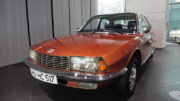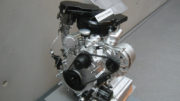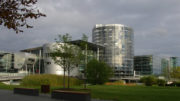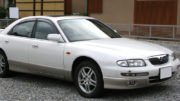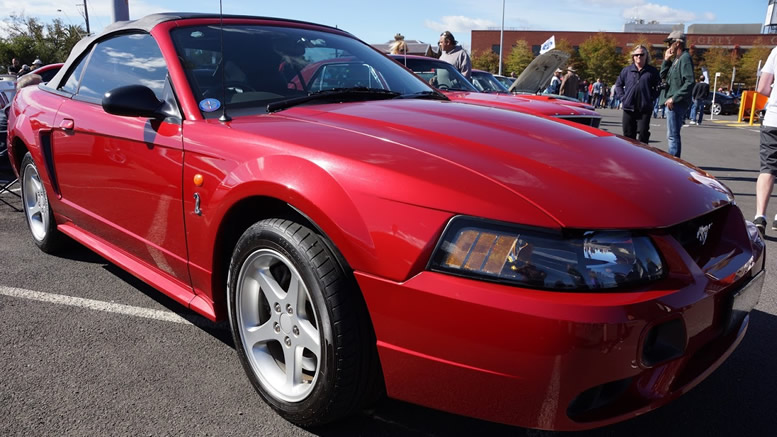
When Ford Australia wanted a high performance car to add to their lineup in 2000 they looked at the Mustang, which had previously had a short history in Australia in the mid 1960s and has been privately imported by enthusiasts ever since.
The problem was the Mustang was only built as a left hand drive car and this was not suitable for the Australia road laws, so Ford Australia asked their performance car partner at the time, Tickford Vehicle Engineering to set about developing a conversion process for the car which was one of the most ambitious modification projects to be developed by a major manufacturer.
The modification involved the manufacture of 150 major new components and 200 minor components such as brackets, as well as the modification of a further 50 existing parts to turn the LHD Mustangs into RHD. More than 250 documented process were involved with the process starting on the US assembly line where the electric drivers seat is wired to the right hand side as well as the fitting of an Australian ADR-compliant windscreen, seatbelts and a Japanese-spec exhaust system along with the Japanese headlamps and tail lamps which are closer to meeting Australian design rules but are still modified in Australia.
Once the cars arrived in Australia the engine, gearbox, seats, carpet, steering column and dash are all removed to start the conversion. A template was used to cut the holes in the firewall for the pedals and steering wheel while a plate was welded and glued over the old holes on the left hand side. Moving the steering wheel to the right caused a domino effect under the bonnet and dash as now the steering column and master cylinder are now in the same position as the air conditioner once was. Again the A/C had to be modified and moved to the left side of the car requiring all the hoses and cabling for the A/C to be rerouted also.
The LHS footwell was slightly larger than the RHS footwell to improve drivers comfort, this meant Tickford had to now modify the RHS footwell to improve comfort for the Australian buyers as well. The footwell mod involved adjusting the shape of the transmission tunnel and removing the right hand offset of the engine and gearbox by replacing the brackets that held the engine and gearbox in place.
Once all the under body modifications were carried out the car was put back together with a new specially developed right hand drive dashboard, new pedals and a new steering rack that is mated to the existing steering column.
Once the car was back together in one piece each Mustang was road tested before being sent to the dealers for sale. If this sounds like a huge effort, you would be right as each car took 55 man hours to complete, Ford Australia aimed to produce 250 RHD cars a year using this method. Unfortunately sales were slow perhaps due to the cars AU$85000 price tag, with production of RHD cars stopping in 2002. Just under 380 Australian converted fourth generation Mustangs were sold between 2001 and 2003. Australia eventually received a factory built RHD Mustang when the globally available sixth generation Mustang was launched in 2015.

